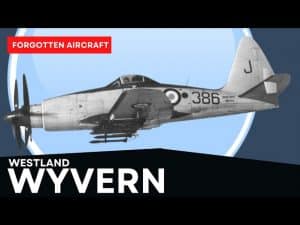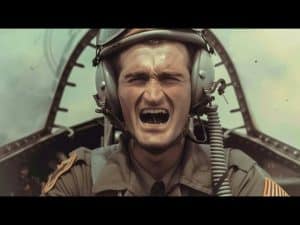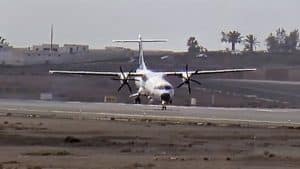The Fairey Barracuda’s Deadly Problem

YouTube / IHYLS
The Fairey Barracuda is a World War 2-era British torpedo bomber and dive bomber. It had a rather difficult development cycle and a bizarre problem that led to a couple of pilot deaths.
Trouble Ahead
There was a problem almost immediately during the development of its initial design. The Rolls-Royce Exe engine was undergoing some issues.

Although it was more powerful than earlier Merlin engines, it was estimated that about six times as many Merlins could be produced as Exe’s. Because of this, the Exe was eventually canceled.
Plagued With Issues
The Barracuda first flew in December 1940 and was fitted with a Rolls-Royce Merlin 30 with around 1250 hp.

Overall, the lower-power Merlin 30 in conjunction with more and more equipment and minor design changes added weight, and the plane became underpowered, resulting in very long takeoff times not ideal for a carrier-based plane.
While the flaps were useful as dive brakes, when they were angled up, this airflow disruption led to significant issues with the tail and tail control surfaces.

This led to significant vibrational issues and lowered the effectiveness of the tail control surfaces. While the underpowered engine issue could be mitigated, the tail issue couldn’t and this needed a new design change which led to the second prototype.
Furthermore, the Barracuda’s role that it was designed to fill was less necessary. As a torpedo bomber, one of its main missions early on was attacking and destroying Axis shipping vessels in the Atlantic.

After the war ended, the plane often served in reserve roles or as trainers. Despite a total of 2,602 planes being made, none of them exist today. There is, however, an effort to rebuild one.
The Mystery of the Barracuda
The most interesting thing about the Barracuda was the mystery behind the high number of unexplained crashes, leading to the deaths of several pilots.

In 1945, two years after the plane saw service, the cause was finally found. The cause of the crash wasn’t a major mechanical issue nor was it the pilot’s fault.
The Barracuda was accidentally knocking its pilots unconscious in normal flights and maneuvers which eventually led to them losing control of the aircraft and crashing. It was then found that the cause was the pressure gauge on the cockpit.

Leaks tend to develop in the hydraulic system in and around the pressure gauge and would develop in a way that sprays hydraulic fluid in the pilot and into the cockpit. The hydraulic fluid contained ether – a chemical known for its past use in anesthesia.
So, in a sense, the Barracuda kind of puts its pilots to sleep before something ultimately happens to them.


















